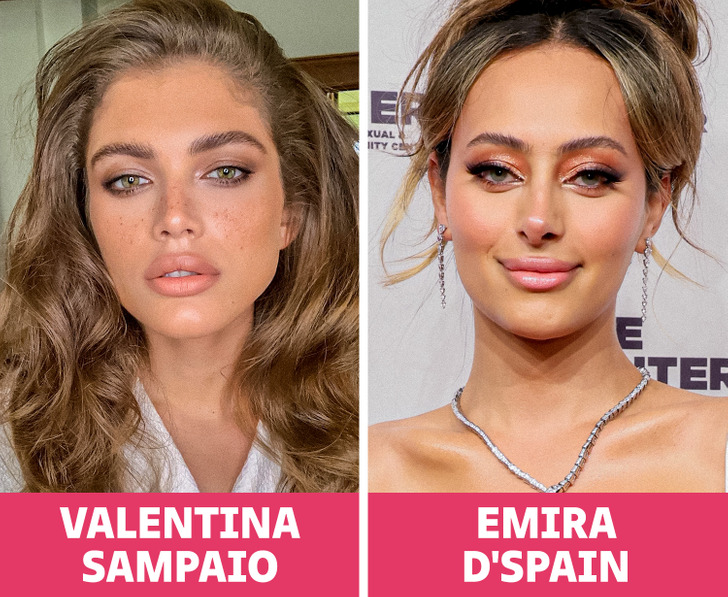The History of the Iconic Brand “Victoria’s Secret” That Almost Lost Its Audience, but Managed to Fix the Mistakes on Time
American lingerie brand “Victoria’s Secret” has been creating a fairy tale on the runway for more than 40 years. And its models were referred to as “angels”. In its long history, the company has been through a lot, and its great success really bothered many critics. It has been blamed for many things: from excessive sensitivity of their shows to racial limitations and fat shaming. There was a moment when it seemed that the company was near its collapse, but now it looks that Victoria’s Secret is back on its horse.
We at CHEERY decided to find out how this brand managed to win the hearts of millions of women around the world and what’s happening to it today.
Women’s lingerie store for men
Once, Roy Raymond decided to give his wife beautiful lingerie as a gift. But when he came to the store, he felt extremely uncomfortable and thought that the consultants in lingerie stores had no idea how to talk about it to men, and men themselves knew nothing about women’s underwear.
Besides, in the 1970s, it was extremely hard to find good lingerie: women usually wore cotton underwear, and only used silk and laces on special occasions. So, Roy went home with no gift, but with a business plan.
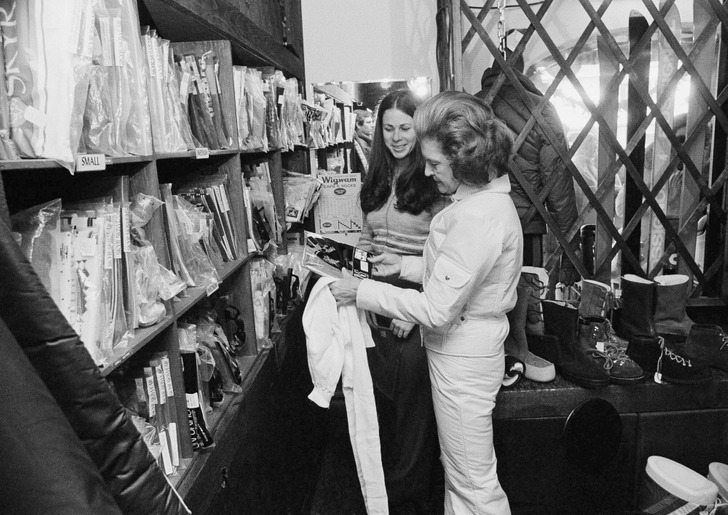
Roy decided to create his own lingerie store where men would feel comfortable and women could find any model they like. But Ray saw men as his primary target audience.
In 1977, together with his wife, he opened the first boutique named Victoria’s Secret. Very soon, this project made a revolution and changed the sales approach of lingerie around the world.
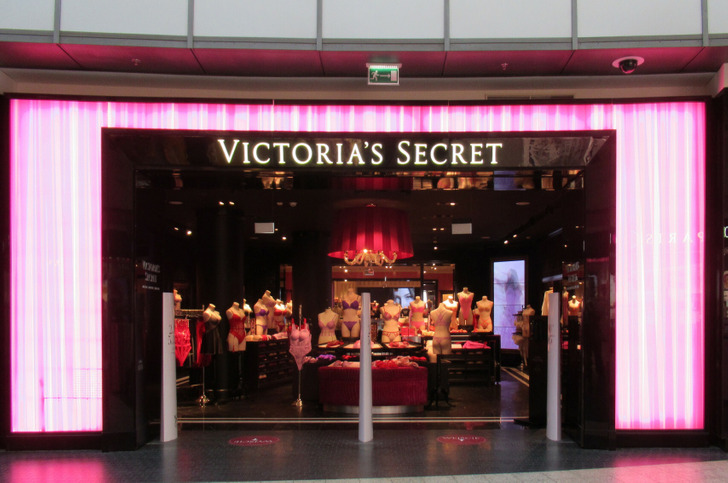
By the way, the store’s name is a reference to Queen Victoria. Ironically, the Queen was famous for her humility, and the era was very tough on women. By naming the store “Victoria’s Secret”, Roy is fantasizing about the playful and flirty underwear that could be hidden underneath very strict clothes of the time.
How the brand started selling not just underwear but self-confidence
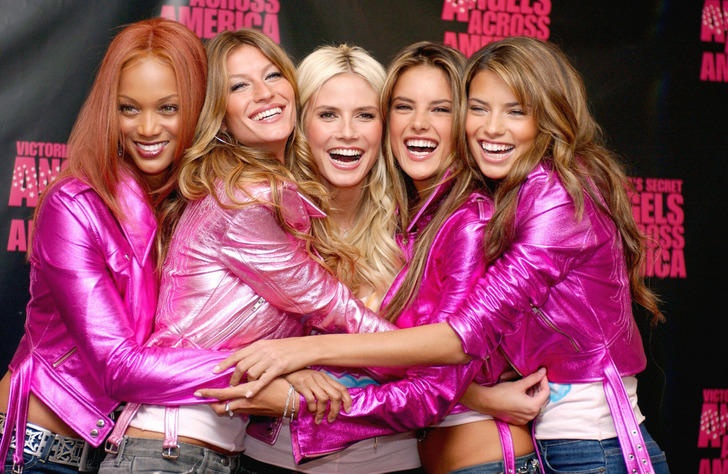
5 year later, Raymond opened several more stores and introduced a new feature: selling lingerie through mail catalogs. But soon after that, he sold the business to Leslie Wexner, a brunch owner of women’s clothes stores. And it’s Wexner who made the brand a worldwide triumph.
The first thing the new owner did was revamp the brand’s sales model to target women. The brand offered new colors, patterns and styles that promised sensuality packaged in a “tasteful, glamorous way and with the snob appeal of European luxury” meant to appeal to female buyers.
Victoria’s Secret products became an affordable luxury, and the boutiques had the atmosphere of femininity, romance, and elegance, and was way above the level of ordinary shelves of lingerie in supermarkets.
The “Angels” were a great fit for the fun 90s and glamorous 2000s
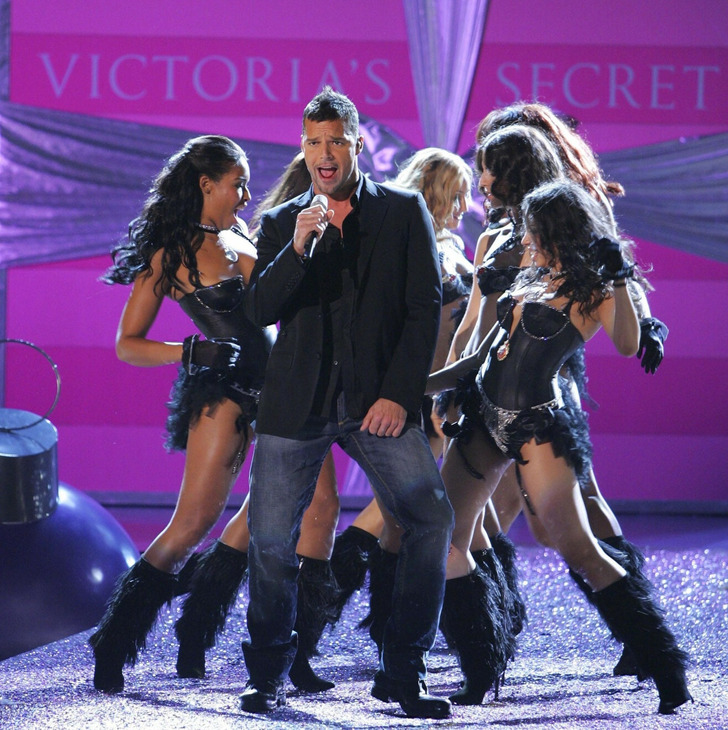
The middle of the 1990s was the era of top models. So, Victoria’s Secret hit the bull’s eye when it organized its first show in 1995 in the New York Plaza hotel. Since then, the brand has held such shows annually. The show was attractive to both men and women because each of them was on the verge of burlesque. In 1998, the first “Angels” appeared — the most famous models that presented the company’s products.
Models all around the world dreamed of becoming an Angel of the brand, and buyers wanted to look like the girls on the runways.
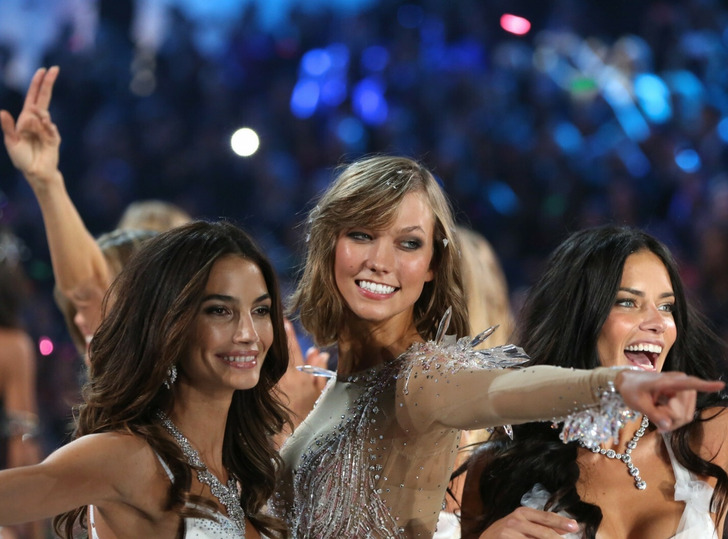
In the glamorous 2000s, when youth and beauty were extremely important and popular, Victoria’s Secret shows were among the most important fashion events. It was a blast: the top models were walking on the runway with live music played by the best musicians.
Chief marketing office of Victoria’s Secret once said, “Women have to say, I want to look like that, I want to have that spirit or the confidence and strength.”
Victoria’s Dirty Secret
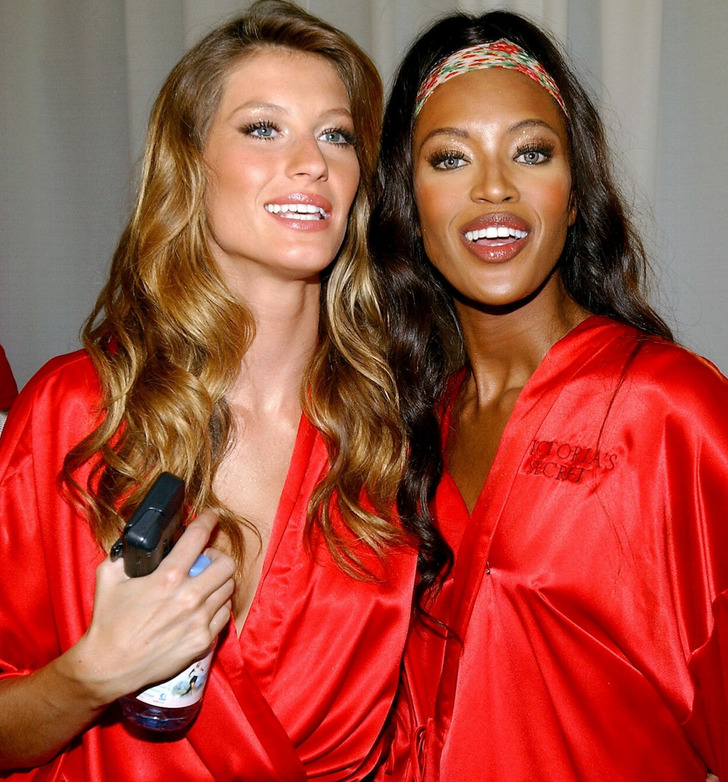
But the spectacular success couldn’t last forever. The brand and its policy were criticized in the 2000s. In 2007, a group of female scientists published a study, “Victoria’s Dirty Secret: How Sociocultural Norms Influence Adolescent Girls and Women.” The study said that Victoria’s Secret demonstrated “unrealistic beauty standards” that teenage girls compare themselves to and try to match them. As a result, they develop insecurities. The brand was blamed for objectification of women, pushing children to diets, and adult women to depression.
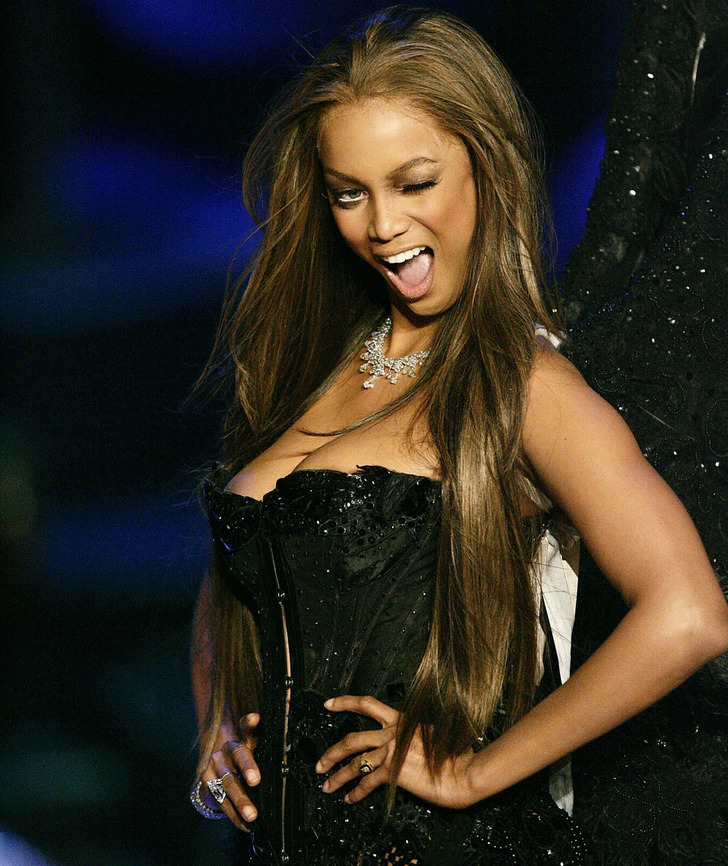
But at the time, the brand didn’t change their policy. It was one of the few brands that hadn’t changed its vision of female beauty for decades. Their commercials and shows presented women as perfect models with long legs.
But the price Angels paid for their beauty was too high. For example, the star of the brand, Adriana Lima, said that she didn’t drink water 12 hours prior to the show to look more slender. And model Alessandra Ambrósio said that she had a diet of 1,200 calories per day for 3 months.
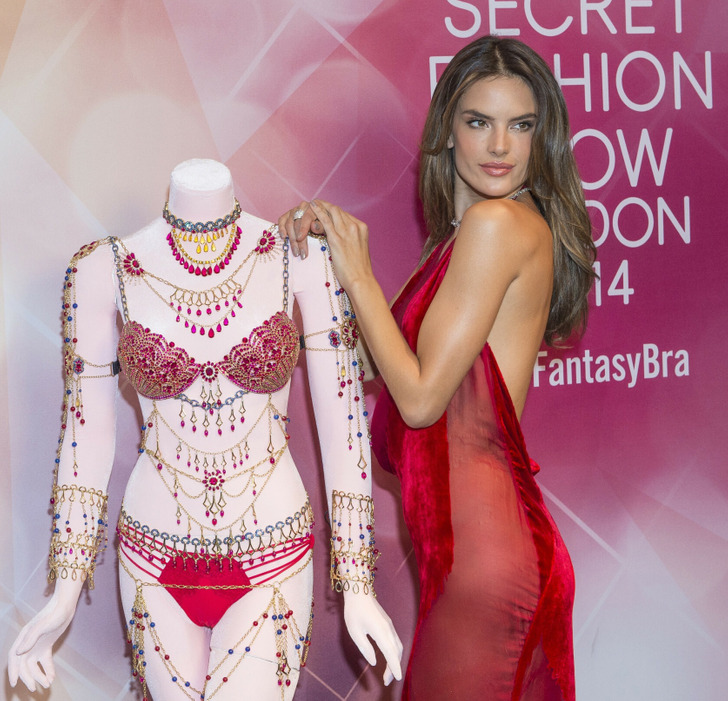
At some point, the brand’s policy became unacceptable even for the Angels themselves. For example, Karlie Kloss decided to stop working with Victoria’s Secret and said, “The reason I decided to stop working with Victoria’s Secret was I didn’t feel it was an image that was truly reflective of who I am and the kind of message I want to send to young women around the world about what it means to be beautiful.”
A series of scandals
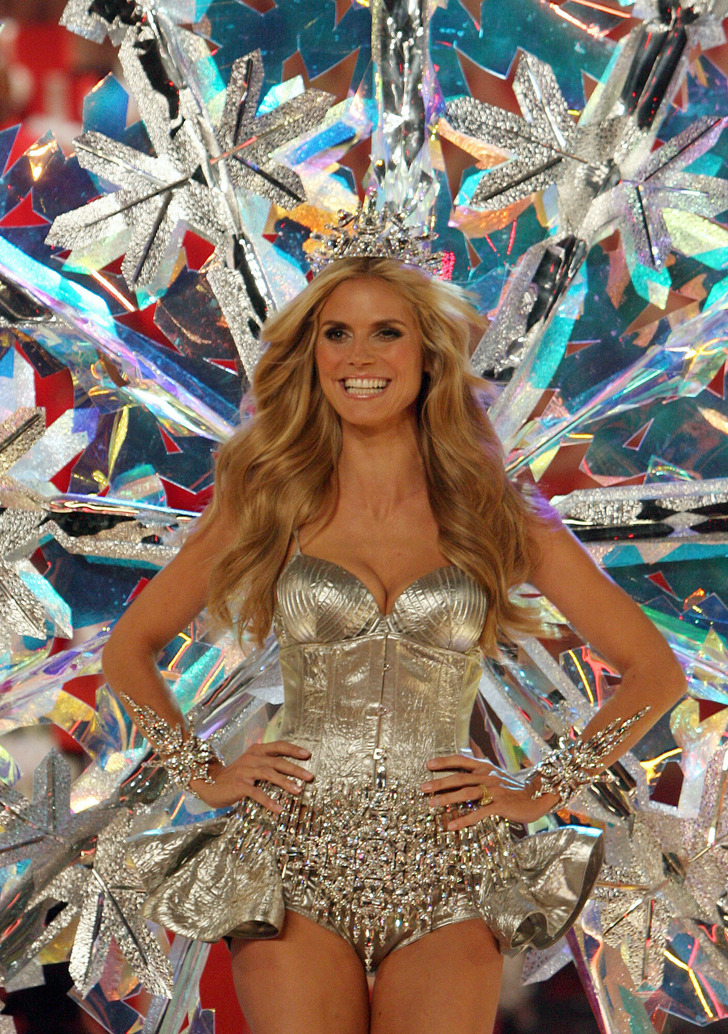
The brand was criticized again when they released a line of underwear called “Body” and promoted it with a slogan “The perfect body”. Of course, the ambassadors of the brand were the Victoria’s Secret Angels. Very soon, hashtag #iamperfect appeared and a petition that collected 30,000 signatures for a change of the slogan. This time, the brand reacted and changed the slogan to “A Perfect Body for Every Body.”
But the critics didn’t stop: a plus size model Robyn Lawley started a petition on Change.org calling for a boycott of Victoria’s Secret shows until they allow girls of any shape and size to appear on the runway.
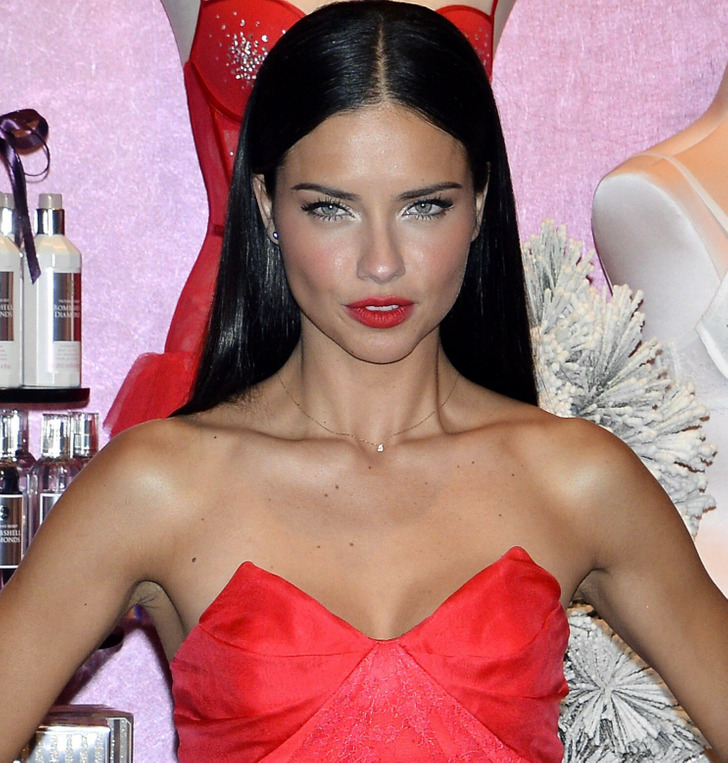
But the biggest failure happened in 2018 when Edward Razek, the president of Victoria’s Secret, answered the Vogue’s question of why there were no transgender people on the show, “Shouldn’t you have transsexuals in the show? No. No, I don’t think we should. Well, why not? Because the show is a fantasy. It’s a 42-minute entertainment special. That’s what it is.”
He also said that they considered using transgender and plus-size models, but decided not to. Obviously, the public reaction to Razek’s statement was very negative. He had to apologize, but it didn’t change much, so he had to resigned his position.
It was obvious that in the modern world, women’s treatment and their beauty has radically changed, and even such giants as Victoria’s Secret couldn’t stick to their opinion and ignore the public.
Victoria’s Secret accepts the new rules
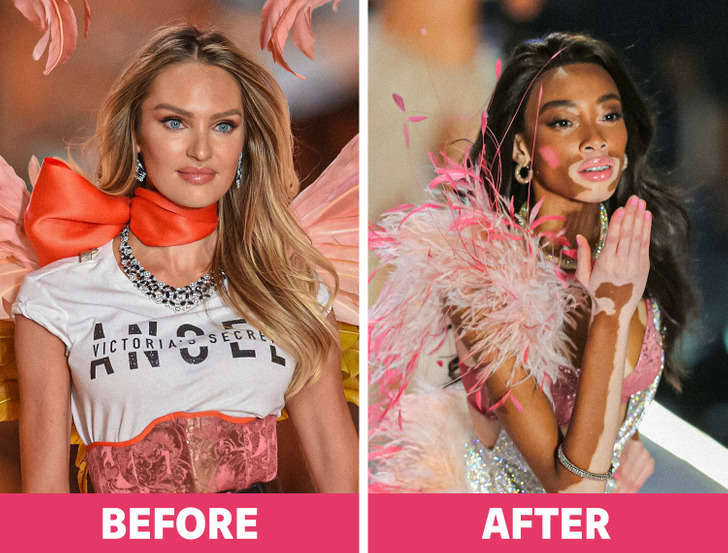
In around 2019, the brand was no longer on the same page with the modern female audience. Perhaps, women wanted to see girls more like them instead of perfect
The next revolutionary step was collaboration with a Brazilian transgender model, Valentina Sampaio. By the way, this year, the brand continued the trend and offered a contract to a black transgender model and blogger Emira D’spain. She announced it on her Instagram page.
Another breakthrough for Victoria’s Secret was inviting a Spanish plus-size model Lorena Duran. Besides, Victoria’s Secret and British lingerie brand Bluebella made a collection together and shot a body positivity commercial devoted to loving your own body. It was the first time a plus-size model worked with Victoria’s Secret.
Real women instead of Angels
Victoria’s Secret Angels that used to be an impersonation of the Barbie doll are giving their place to women famous for their achievements, and not their perfect bodies. Among the new Victoria’s Secret models, you will find Megan Rapinoe, football star and LGBT-activist, Paloma Elsesser, a plus-size model, Priyanka Chopra Jonas, an Indian actress and investor, Adut Akech, a model from South Sudan, Amanda de Cadenet, a photographer and founder of a digital platform for female photographers.
They are leading the biggest reconstruction of the brand that wants to change its attitude to female beauty.
Today, the company is introducing new rules. The stores don’t have the bright red color anymore, and instead they use simpler and more strict colors, and the dummies are now of different shapes and sizes. Besides, the stores are now selling not only beautiful lingerie for special occasions, but also simple and comfortable underwear.
Victoria’s Secret had never before celebrated Mother’s Day, probably not considering future mothers as their target audience. But not a long time ago, the brand made a campaign before this holiday and started selling underwear and clothes for pregnant and nursing women.
For many years, unrealistic Victoria’s Secret models told the world what a woman was supposed to be like. But everything has changed, and those standards are not popular anymore. Chief executive Martin Waters said that when the world was changing fast, they were reacting too slowly. And he added, “We are moving from what men want to what women want; we are going from a look to a feeling, from excluding most women to including all women, from mostly unattainable to grounded in real life.”
Do you like Victoria’s Secret lingerie? Do you approve of the brand’s decision to drop their previous concept?
